The world of travel is evolving beyond sightseeing and relaxation. Today’s travelers increasingly seek meaningful experiences that combine cultural immersion with personal growth. Learning traditional crafts abroad offers exactly this blend – a chance to develop tangible skills while connecting deeply with local communities and their heritage.
From pottery in rural Japan to textile weaving in Peru, these hands-on experiences provide a window into centuries-old traditions that are increasingly rare in our digital age. They offer not just a vacation, but a transformation – returning home with both cherished memories and practical skills that continue to enrich your life.
Why Learn Traditional Crafts Through Travel
Authentic skill transfer from master artisans preserves cultural heritage
Learning traditional crafts abroad goes beyond typical tourist experiences. It creates meaningful connections with local communities while preserving cultural heritage that might otherwise be lost to time. These immersive experiences offer benefits that standard tourism simply cannot match.
Cultural Preservation
When you participate in traditional craft workshops abroad, you directly support the preservation of cultural heritage. Many ancient techniques face extinction as younger generations pursue modern careers. Your interest and financial support help artisans continue their work and pass knowledge to future generations.
Authentic Connection
Working alongside local craftspeople creates genuine human connections that transcend language barriers. The shared experience of creating something with your hands builds bridges between cultures in ways that ordinary tourism rarely achieves.
Sustainable Tourism
Craft-focused travel typically benefits rural communities directly, with income going to local families rather than large corporations. These experiences often have minimal environmental impact compared to mass tourism, making them a responsible choice for conscious travelers.
Mindfulness and Wellbeing
The focused nature of craftwork provides a form of meditation, offering a mental break from our technology-saturated lives. Many travelers report these experiences as deeply restorative, combining the joy of creation with the refreshment of cultural immersion.
Ready to discover your creative potential?
Explore programs that combine travel with traditional craft learning for an unforgettable experience.
Top Destinations for Learning Traditional Crafts Abroad
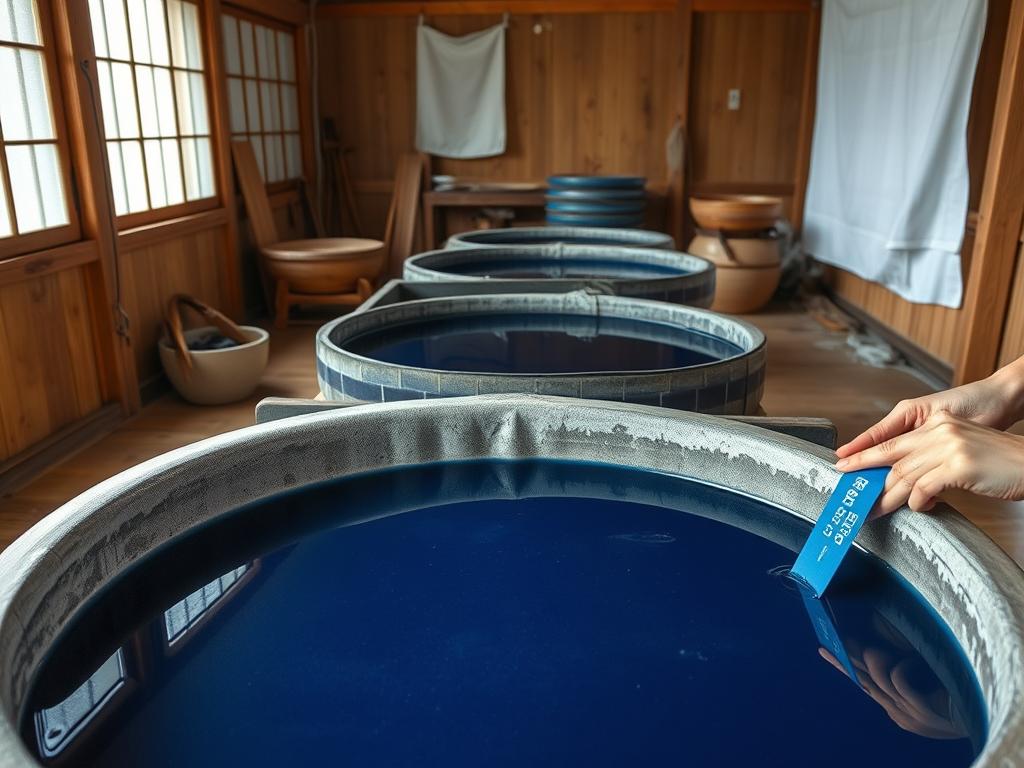
Japan: Indigo Dyeing in Tokushima
The rural Tokushima Prefecture has been a center of “aizome” (indigo dyeing) for centuries. Here, master craftspeople maintain traditional methods of fermenting indigo plants to create the distinctive blue dye that Japan is famous for.
Workshops typically run 3-7 days and include accommodation in traditional farmhouses. You’ll learn the entire process from preparing the dye vats to creating patterns using various resist techniques.
5-7 day workshops
All skill levels
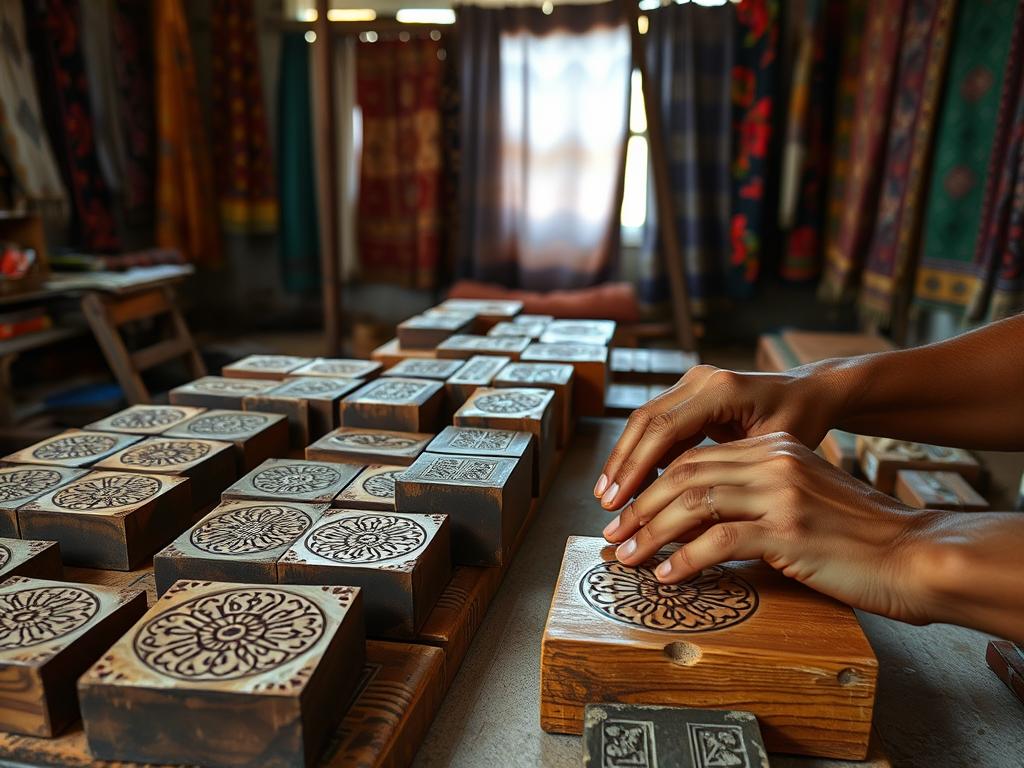
India: Block Printing in Rajasthan
In the villages surrounding Jaipur, families have practiced the art of hand block printing for generations. These workshops teach the traditional techniques of carving wooden blocks and creating patterns using natural dyes.
Most programs include village homestays, allowing you to experience daily life alongside your craft education. You’ll create your own textiles while learning about the cultural significance of different patterns and colors.
7-14 day immersions
Beginner friendly

Mexico: Black Clay Pottery in Oaxaca
The village of San Bartolo Coyotepec is renowned for its distinctive black clay pottery, a pre-Hispanic craft that continues to thrive. Local artisans teach traditional hand-building techniques and the unique firing process that gives the pottery its signature black finish.
Workshops range from weekend intensives to two-week immersions, with options to stay in local guesthouses. The experience includes visits to local markets and participation in community events.
3-14 day programs
All skill levels

Travelers learning traditional basket weaving techniques in a Ghanaian village
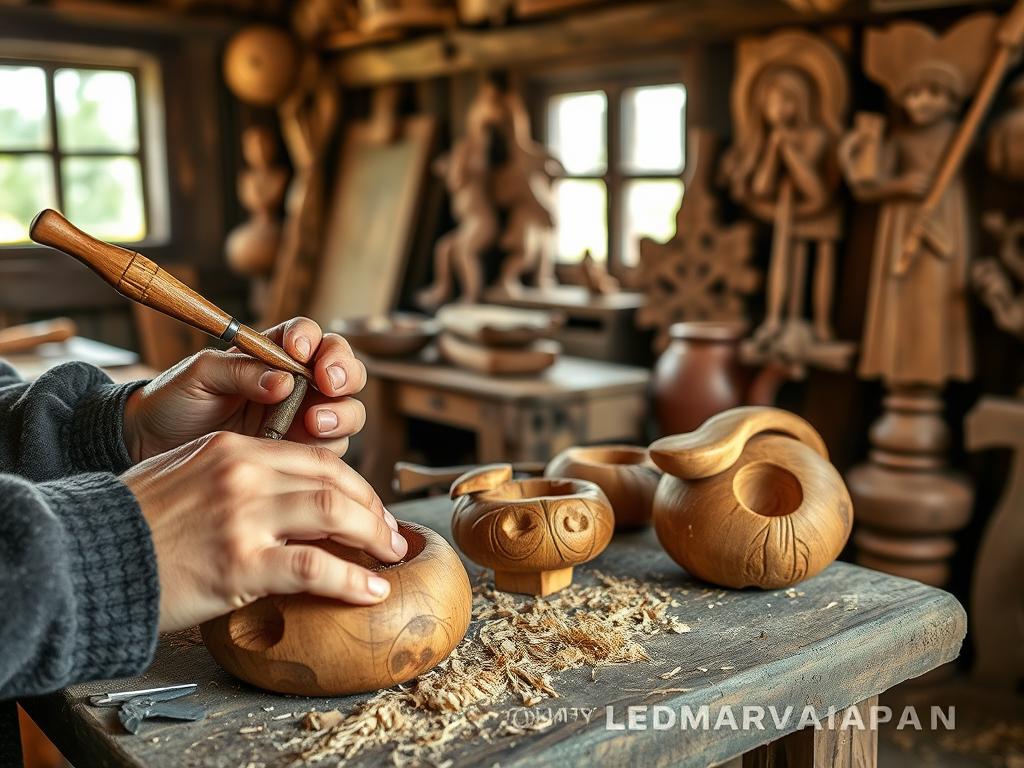
Romania: Woodcarving in Maramureș
The remote Maramureș region of Romania maintains centuries-old woodworking traditions. Local master carvers teach traditional techniques for creating everything from household items to the region’s famous carved gates.
Workshops typically include stays in traditional wooden houses and participation in village life. Programs range from introductory weekends to comprehensive month-long apprenticeships.
Weekend to 4-week programs
Beginner to advanced
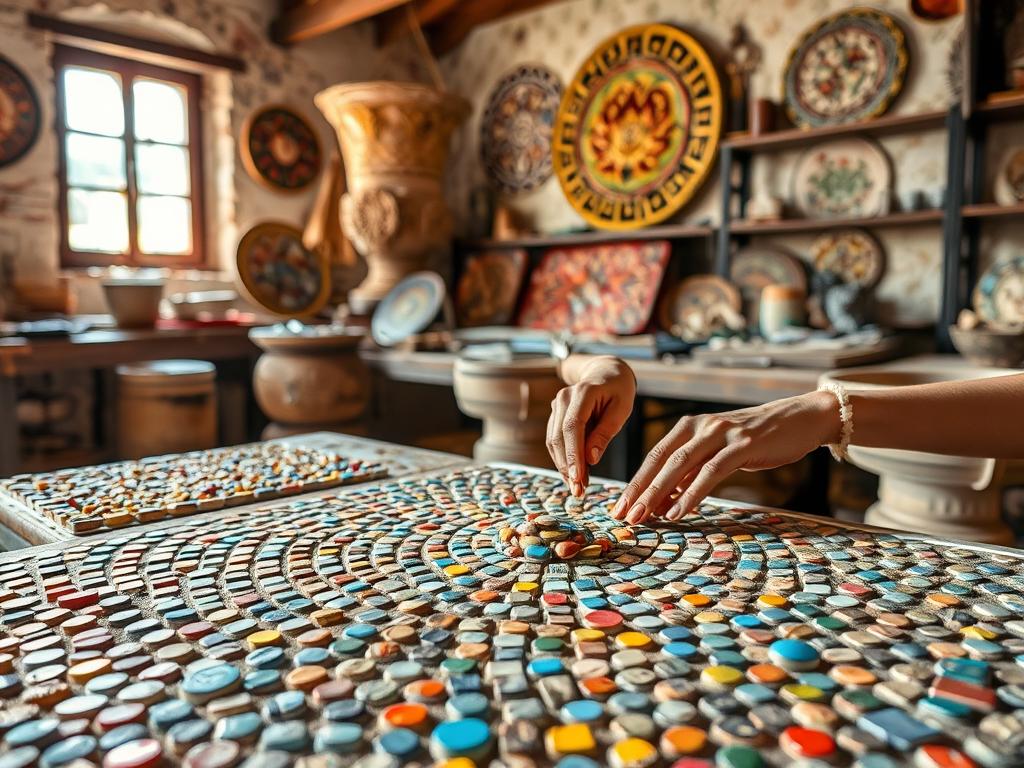
Turkey: Mosaic Making in Cappadocia
Turkey’s rich Byzantine heritage comes alive in mosaic workshops held in the unique landscape of Cappadocia. Local artists teach traditional techniques using stone, glass, and ceramic tiles to create distinctive patterns.
Most programs offer accommodation in traditional cave hotels and include cultural excursions to historical sites. Workshops range from 3-day introductions to comprehensive 10-day immersions.
3-10 day workshops
All skill levels
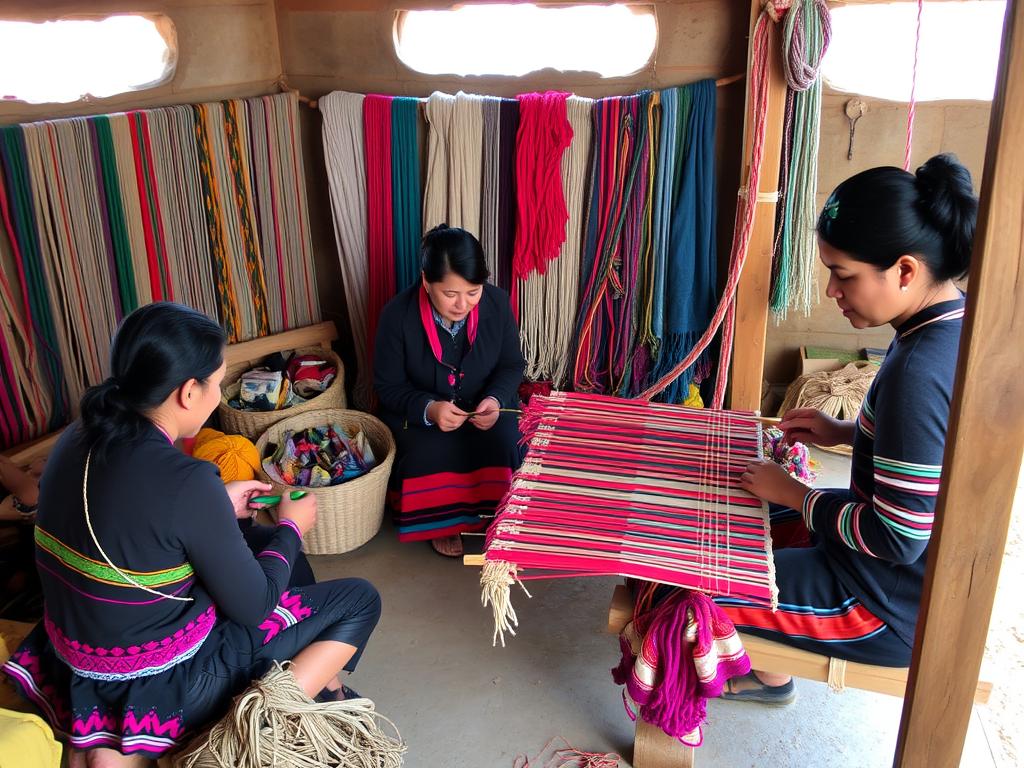
Peru: Textile Weaving in Sacred Valley
In the villages of Peru’s Sacred Valley, Quechua weavers maintain textile traditions dating back to Inca times. These workshops teach traditional backstrap loom techniques and natural dyeing using local plants.
Programs typically include homestays with weaving families and participation in community activities. The immersive experience ranges from weekend workshops to two-week comprehensive programs.
2-14 day immersions
All skill levels
How to Choose the Right Craft Learning Experience
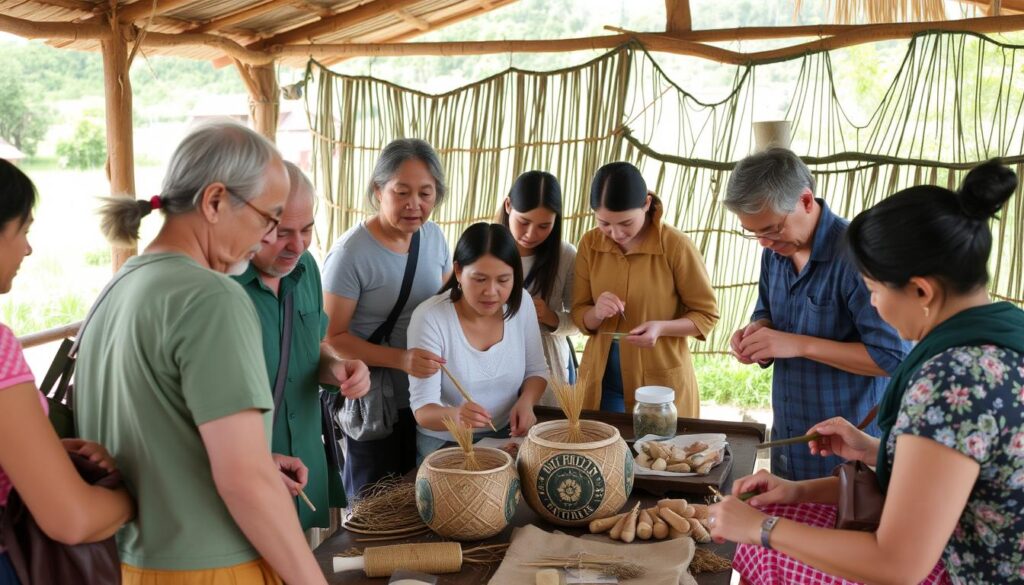
Finding the right program ensures a fulfilling learning experience
With so many options available, choosing the right craft learning experience can feel overwhelming. Consider these key factors to find a program that aligns with your interests, skill level, and travel preferences.
What to Look For
- Small group sizes (ideally 4-12 participants)
- Programs led by practicing artisans, not just tour guides
- Clear information about skill levels and prerequisites
- Opportunities to create finished pieces to take home
- Cultural context beyond just technique instruction
- Fair compensation for local artisans and communities
- Transparent pricing with clear inclusions/exclusions
What to Avoid
- Mass tourism operations with large groups
- Programs that don’t name specific instructors
- Vague descriptions of what you’ll actually learn
- Experiences that feel like demonstrations rather than hands-on learning
- Programs that don’t support local communities
- Hidden costs or unclear pricing structures
- Unrealistic expectations about skill development
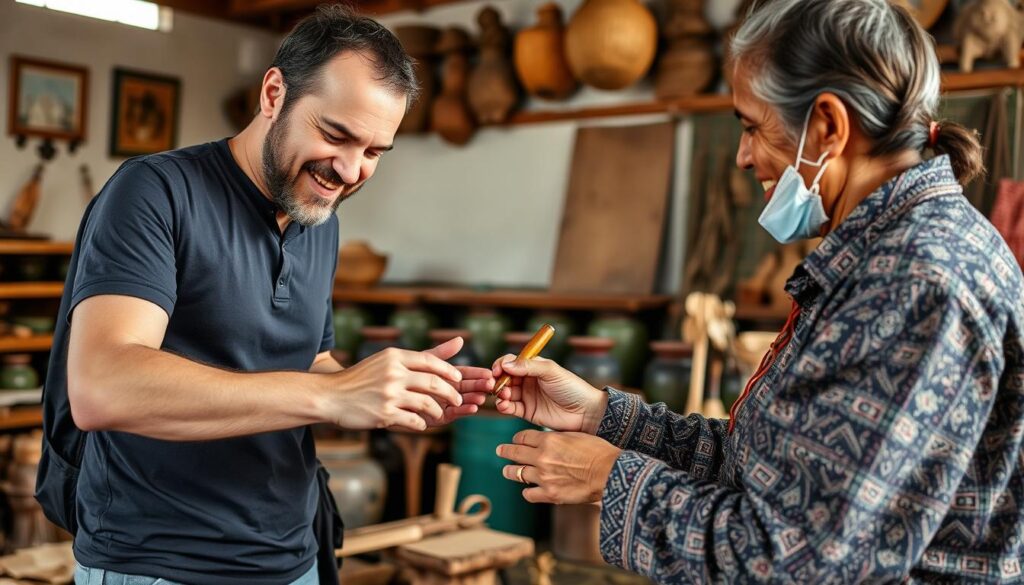
Communication and cultural exchange are central to craft learning experiences
Questions to Ask Before Booking
What is the instructor-to-student ratio?
Smaller ratios (ideally 1:6 or better) ensure you receive adequate personal instruction. This is especially important for beginners or when learning complex techniques.
What materials and tools are provided?
Understand exactly what’s included in the program fee and what additional costs you might incur for materials or tools. Quality programs typically provide all necessary materials.
What will I create and can I take it home?
Clarify what projects you’ll complete and whether there are shipping options for larger items. Some programs include shipping costs, while others require separate arrangements.
How is the program supporting the local community?
Ethical programs should be transparent about how they benefit local artisans and communities. Look for fair compensation practices and genuine community involvement.
Find your perfect craft learning adventure
Connect with experienced providers who specialize in authentic craft experiences abroad.
Personal Transformation Through Traditional Crafts
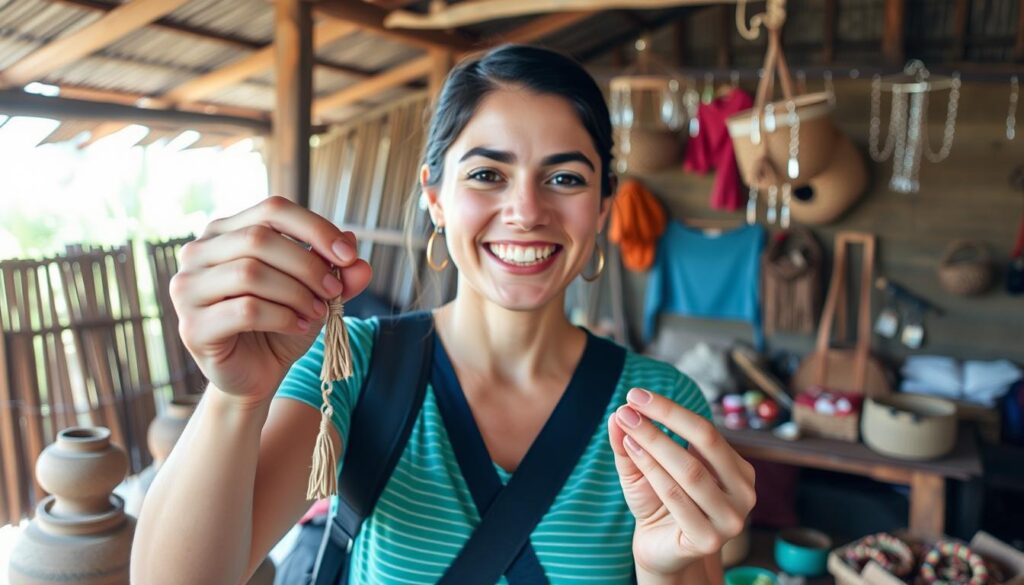
The satisfaction of creating something meaningful with your own hands
“Learning to make pottery in a small Japanese village changed how I see the world. The patience required, the connection to earth, and the community I found there stay with me long after returning home. I now approach my daily life with greater mindfulness and appreciation for handmade objects.”
Beyond the tangible skills acquired, learning traditional crafts abroad often leads to profound personal growth. Many travelers report these experiences as transformative, offering new perspectives on creativity, patience, and cultural understanding.
Mindfulness and Presence
Traditional crafts demand full attention and engagement with the present moment. This natural mindfulness practice offers a respite from digital distractions and helps many travelers develop greater focus that extends beyond their trip.
Cross-Cultural Understanding
Working alongside artisans from different cultural backgrounds fosters deep appreciation for diverse worldviews and traditions. Many participants report greater empathy and cultural sensitivity after these immersive experiences.
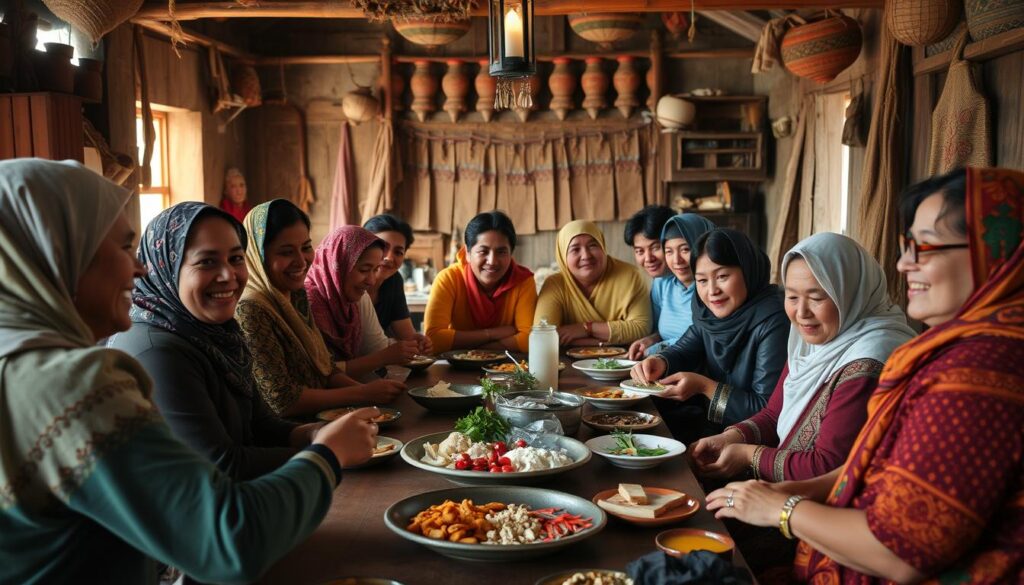
Craft learning experiences often include meaningful cultural exchange beyond the workshop
Many travelers find that the skills they learn abroad become lifelong passions. Some even develop these new crafts into side businesses or career changes upon returning home, creating a lasting impact from their travel experience.
Begin Your Craft Learning Journey

Traditional craft villages offer immersive learning in authentic settings
Learning traditional crafts abroad offers a unique blend of cultural immersion, skill development, and personal growth. These experiences connect us to ancient traditions while fostering meaningful relationships across cultural boundaries.
Whether you’re drawn to textiles, ceramics, woodworking, or other traditional crafts, there’s a program waiting to introduce you to skilled artisans eager to share their knowledge. The skills you gain will last a lifetime, as will the memories of the people and places that shaped your learning journey.
Ready to embark on your craft learning adventure?
Explore curated programs that combine authentic craft learning with meaningful cultural immersion.
